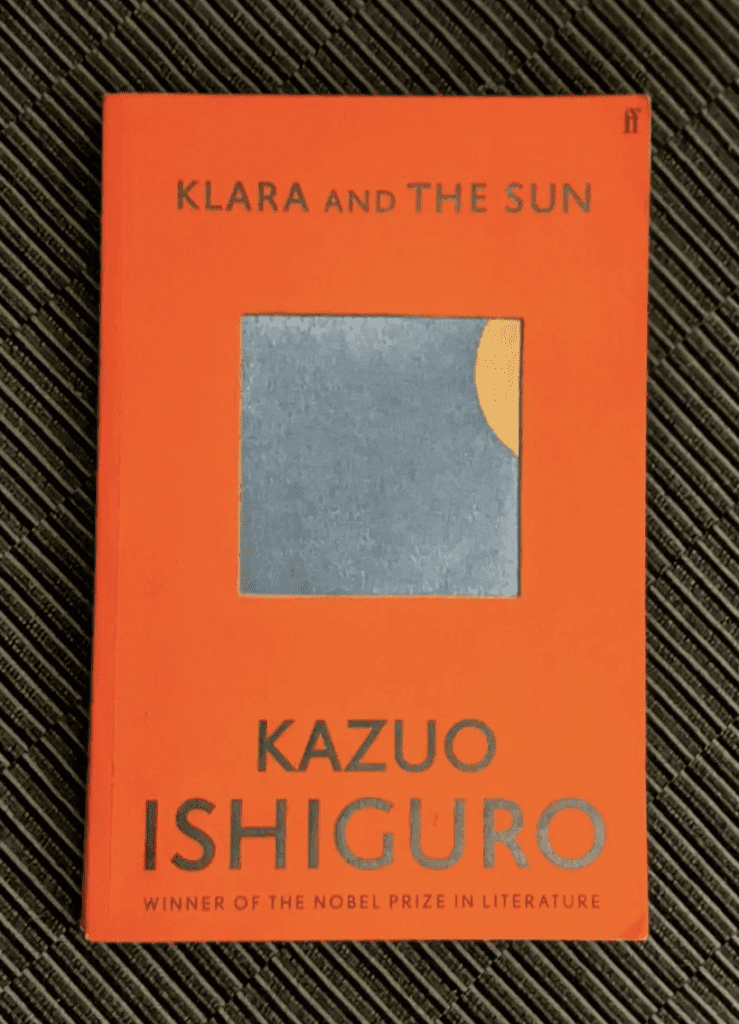Kazuo Ishiguro
“The Buried Giant” didn’t really work for me, so I started reading with a mix of anticipation and apprehension. The lump in the throat as I turn the final pages is what I expect from a Kazuo Ishiguro book, and it most certainly delivered on that ache of profound sadness. It reminded me not just of his earlier book “Never Let Me Go”, but also of Louisa Hall’s “Speak”, which is centred around AI’s evolution around stories and storytelling through time.
Klara, an “artificial friend” serves as the narrator in a dystopian future where children are “lifted” for enhancing their intelligence. The world at large seems to have a fair share of tribes and movements, as technology has caused a division of classes in which many are “post employed”. We first meet Klara in the store where she is put up for sale, as an observant MF, who loves watching the world through the store window, and who is devoted to the sun (she is solar powered). She is chosen by Josie, a 14-year old made unwell by the “lifting” process.
From then on, we see multiple themes playing out – some human, some human and AF, and some just AF. The relationship between the humans – Josie, her mother and father who are separated, their neighbour Helen and her son Rick (who is Josie’s dear friend), and Capaldi, whose studio Josie and her mother visit for her “portrait” – reveal the different “sides” of their selves that play out on different occasions, their understanding of their own fragility, and their diverse views about how society is evolving. This is closely connected to the humans’ interactions with Klara, which show their mindset towards the AFs, again polarised. Most poignant are the moments with the empathetic Manager.
But being the narrator, Klara’s own thoughts and actions are the most interesting. She sees the world in boxes (I wonder if that is connected to how we slot people), she “feels” enough for Josie to be prepared to sacrifice anything for her, and has a hatred for the Cootings Machine, both of which are all too human. Her observation also makes her very perceptive (“I understood that my presence wasn’t appropriate as it once had been,”) even though the humans around her are often not. (Spoiler sentence ahead) My favourite is the deep insight at the end, when she says that Capaldi’s belief that there was nothing special inside Josie that couldn’t be continued was flawed because he was looking in the wrong place – it wasn’t inside Josie, it was inside those who loved her.
Ishiguro has a way with prose that allows him to move the story forward without massive plot-changing interventions. And as always, he also manages to keep the reader interested with the layered narrative and wonderful insights that make us human. In this case, the book made me wonder about the time when (I am not sure it’s an “if”) AI becomes sentient/ develops consciousness – would humans be able to understand (Klara’s faith in the sun, for instance), what is the kind of loneliness the AI would face, how would it handle its obsolescence, would it also show different kinds of love (the selfish and the selfless), and yes, can it have a heart – “I don’t simply mean the organ, obviously. I’m speaking in the poetic sense”.

